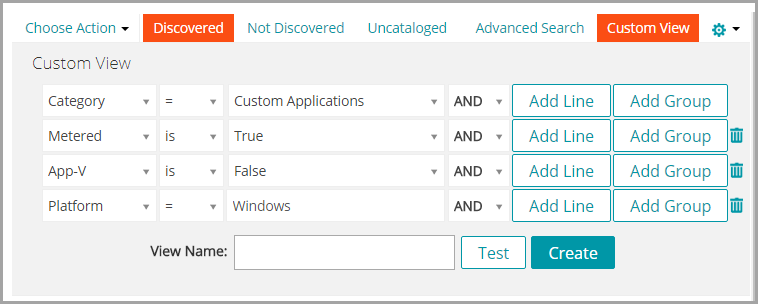Add work information for tickets
Add work information for tickets
|
1. |
|
a. |
Log in to the appliance Administrator Console, https://appliance_hostname/admin. Or, if the Show organization menu in admin header option is enabled in the appliance General Settings, select an organization in the drop-down list in the top-right corner of the page next to the login information. |
|
b. |
|
2. |
|
3. |
|
5. |
Use default views for tickets
Use default views for tickets
There are several built-in system views you can use to restrict the tickets displayed on the Tickets page.
|
1. |
|
a. |
Log in to the appliance Administrator Console, https://appliance_hostname/admin. Or, if the Show organization menu in admin header option is enabled in the appliance General Settings, select an organization in the drop-down list in the top-right corner of the page next to the login information. |
|
b. |
|
2. |
|
| |||||||
|
| |||||||
|
| |||||||
|
| |||||||
| |||||||
|
List of available custom views. |
Set the custom view as the default. See Set a view as the default view for tickets.
Create custom views for tickets
Create custom views for tickets
You create custom views to restrict the type or number of Service Desk tickets displayed on the Tickets page. This enables you to see only those tickets that you want to view.
|
1. |
|
a. |
Log in to the appliance Administrator Console, https://appliance_hostname/admin. Or, if the Show organization menu in admin header option is enabled in the appliance General Settings, select an organization in the drop-down list in the top-right corner of the page next to the login information. |
|
b. |
|
2. |
|
4. |
|
5. |
Set the custom view as the default. See Set a view as the default view for tickets.
Set a view as the default view for tickets
Set a view as the default view for tickets
You can set a view as the default view for the Service Desk Tickets page. The default view is user-specific, and must be configured for each user independently.
|
1. |
|
a. |
Log in to the appliance Administrator Console, https://appliance_hostname/admin. Or, if the Show organization menu in admin header option is enabled in the appliance General Settings, select an organization in the drop-down list in the top-right corner of the page next to the login information. |
|
b. |
|
2. |
Optional: Click the Custom View tab above the list on the right and choose the settings for the custom view. See Create custom views for tickets . |
|
3. |

